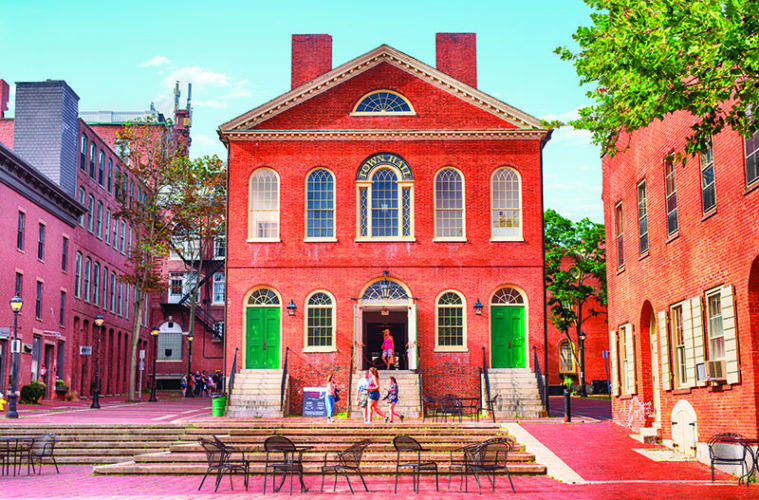For more than 200 years, Salem’s Old Town Hall has been a city landmark, its brick, Federal-style edifice presiding grandly over Derby Square. But its municipal building days are long behind it, and today Old Town Hall often stands empty, reserved for special event rentals, seasonal theater performances, and as a backdrop for Hocus Pocus filming location photos.
“This building is such a community icon. It’s so well loved and underutilized with hardly any real transparent means to access,” says Julie Barry, senior planner for arts and culture for the city of Salem. “We want to change all that.”
That change will come thanks to a multipronged plan to make the building an arts and culture hub for the city and, eventually, a much-needed renovation that will make the building more suited for serving the community in its 300th century.
The plan is driven by a desire to not only preserve the historic elements of the building itself, but also to create a vibrant, accessible, and user-friendly space that’s both a tourist destination and arts hub for the people who live here, Barry says.
In doing so, residents would get more consistent access to this community treasure; it would be a year-round tourist draw; and local creatives would have access to additional opportunities to work close to home.
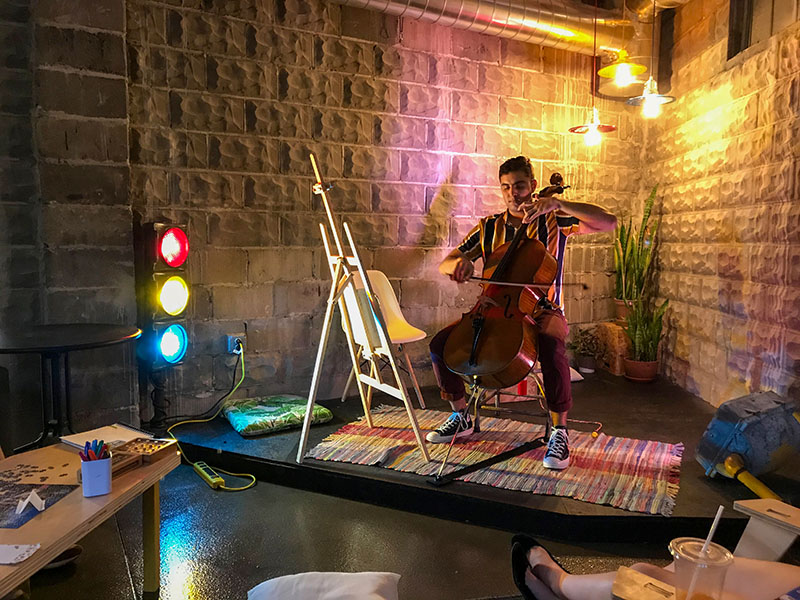
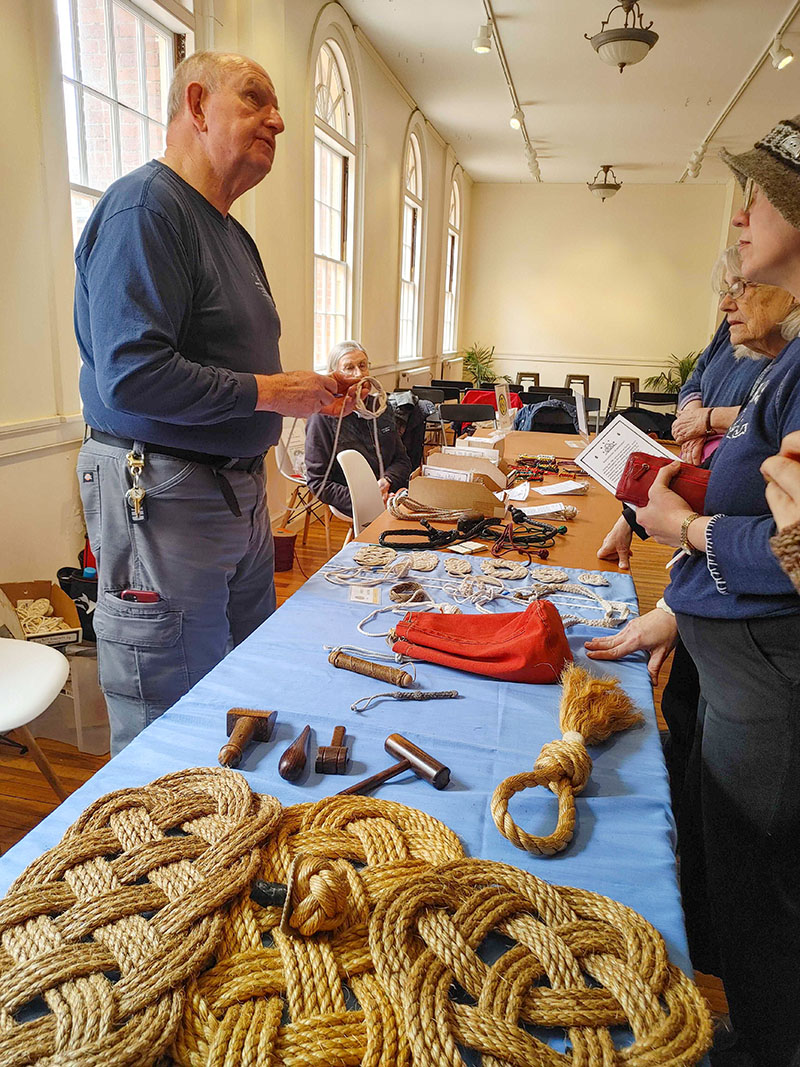
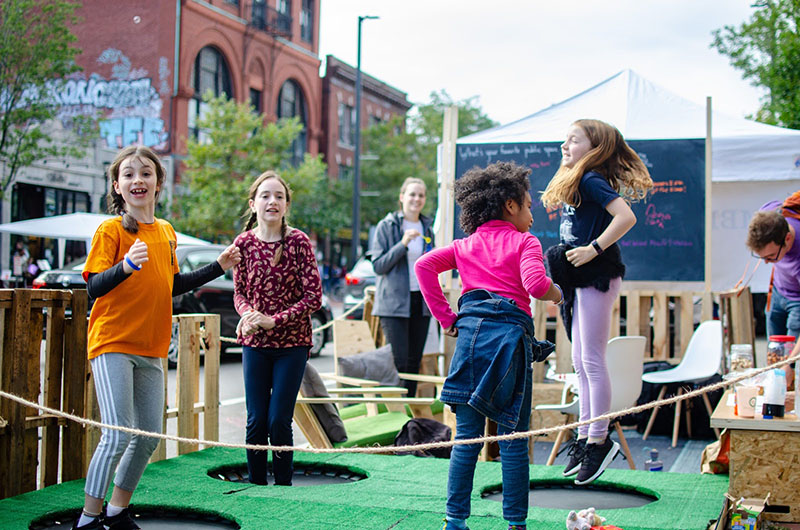
“Public art is just part of the value of Salem,” says Salem Mayor Kimberly Driscoll. “It’s so key to the values that our city holds dear.”
After assessing the building and the market, the city determined that an arts space could be a huge boon for Salem, but the building itself needed a lot of work to make that happen. That’s why right now now, two elements of the project are occurring in tandem.
On the building side, the city is currently partnering with Mills Whitaker Architects, which is known for its expertise in historical properties, to design and cost estimate the renovation plans for the property, which is a National Historic Landmark. According to Barry, “all proposed work will be designed with preservation of historical integrity at the forefront of mind and reviewed by the Massachusetts Historical Commission and the Salem Historical Commission prior to implementation. We’re going to be retaining all of the natural, original character of this space, while elevating it to a level that can accommodate multiple activities happening in it at once,” Barry says.
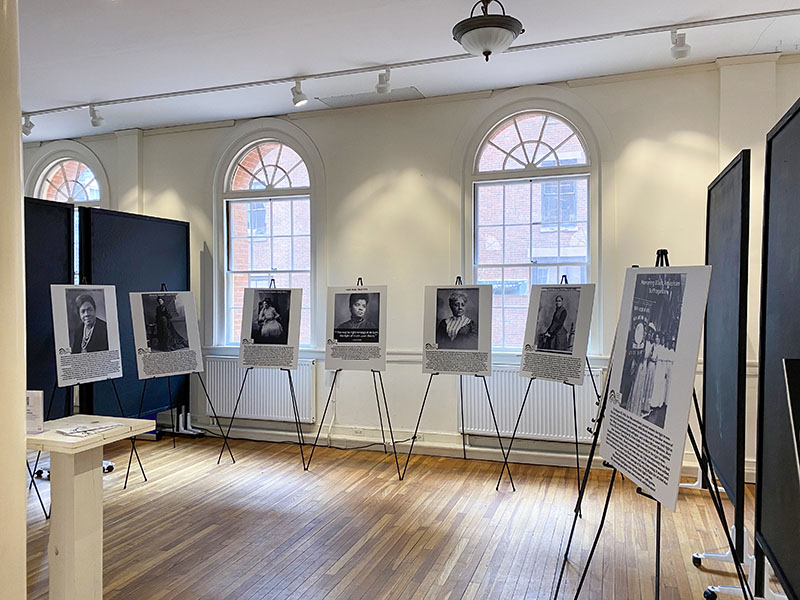
That will include installing a new fire suppression system; an electric HVAC system that’s offset by solar arrays located elsewhere in the city for improved heating, cooling, and ventilation; and renovating the basement to add eco-friendly bathrooms, a small kitchenette, and community rooms; and improving the building’s wheelchair accessibility. They’ll also be reinforcing the structural integrity of the building, refinishing the hardwood floors, and adding acoustical barriers between the floors.
A long-term arts and culture plan
Meanwhile, the city is also running pilot programming to see what’s popular and successful in the space and what the community is interested in.
One of those will be CultureHouse Salem, opening in April as a pop-up arts and culture space that will host a variety of arts and culture activities and events. This will allow for testing and studying different models, programming options, and community interest.
In addition, a program called Infuse Dance on the fourth Saturday every month through June will offer free dances every hour from 10 a.m. to 3 p.m. in classes like contemporary, jazz, ballet, hip hop, and Afro-based styles. Earlier this year, Old Town Hall hosted a free art installation by artist Nancy Bowen, and History Alive will continue to operate out of Old Town Hall and perform its interactive historical theater production, Cry Innocent: The People Versus Bridget Bishop, there.
The goal of both the physical renovations and the programming research is to develop a rich, sustainable, long-term arts and culture plan for Old Town Hall that will be a draw for locals and tourists alike. It’ll also create long-term opportunities for local artists to work, which is especially important as the creative economy recovers from the pandemic.
The plans for Old Town Hall are ambitious and will require funding. The city is currently seeking federal and state grants and other support. However, Driscoll says the city is already “committed to the project,” and a lack of funding wouldn’t derail the project altogether. It would simply take longer.
“It’s too important a building and location to not deal with the physical structure,” she says. “In other words, whether it happens in a quicker timeline or a longer timeline, it’s happening.”
While Old Town Hall has been a pretty landmark for years, it’s on the precipice of becoming so much more.
“Art is such an important part of the quality of life for the place that you live,” Driscoll says. “This building has been central from a place of governance to a place of public markets, and now, we hope will continue to be a hub for cultural activities.”

